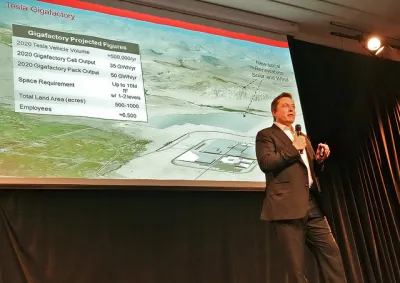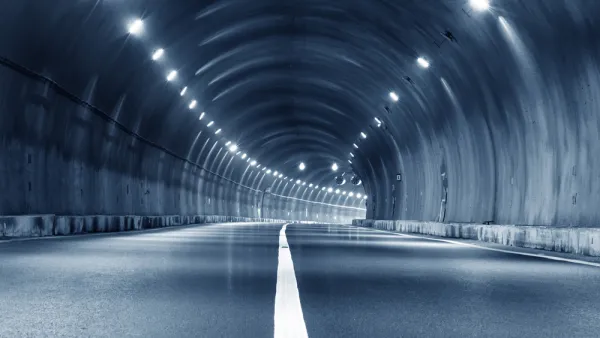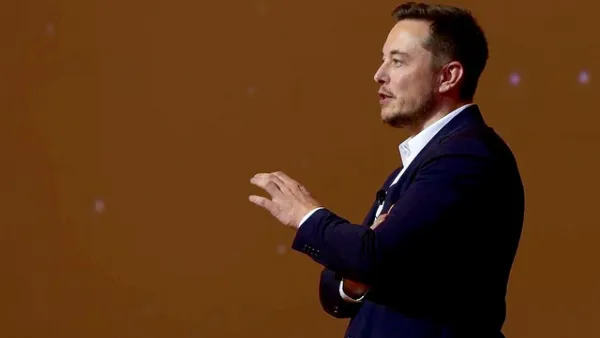Not all ideas are worth attention. What does the fact that ideas like Elon Musk's The Boring Company get so much attention say about the quality of civic discourse, or the potential for planning to improve the built environment?

Joel Silverman has written a scathing critique of Elon Musk's idea to create a company, The Boring Company, to build a massive network of tunnels that solves traffic congestion forever. More than a critique of the idea itself, Silverman addresses the implications of Musk's thinking on the subject of transportation and infrastructure development, as well as media and public's response to it.
Given that Musk himself admitted that he's devoting 2 to 3 percent of his time to The Boring Company, while interns and others work part-time on the idea, Silverman wonders why we should take the idea seriously. Silverman's interest in the subject has more to do with unpacking the threats inherent in Musks's impression of how cities should work and whom cities should serve:
Nowhere in his excited homilies to ultrafast underground travel do we hear anything about the role of mass transit in city life or the need to serve a public that includes poor people. Who decides where the tunnels go? Who pays to integrate the car elevators with existing road systems? Is building out a vast new infrastructure really the answer to traffic, especially when experience shows that adding more roads and highways tends to lead to more driving, exacerbating traffic?
The warning inherent in the argument throughout the article directs itself at planners in the conclusion. At a time when transit use is suffering, transportation network companies have burst onto the scene with little consideration of the consequences, and the oceans are rising as transportation modes continue to spew carbon into the atmosphere, should ideas like this really take time and energy away from planners?
See also: The Hyperloop.
FULL STORY: The Musk of Success, Choking Our Cities

Analysis: Cybertruck Fatality Rate Far Exceeds That of Ford Pinto
The Tesla Cybertruck was recalled seven times last year.

National Parks Layoffs Will Cause Communities to Lose Billions
Thousands of essential park workers were laid off this week, just before the busy spring break season.

Retro-silient?: America’s First “Eco-burb,” The Woodlands Turns 50
A master-planned community north of Houston offers lessons on green infrastructure and resilient design, but falls short of its founder’s lofty affordability and walkability goals.

Test News Post 1
This is a summary

Analysis: Cybertruck Fatality Rate Far Exceeds That of Ford Pinto
The Tesla Cybertruck was recalled seven times last year.

Test News Headline 46
Test for the image on the front page.
Urban Design for Planners 1: Software Tools
This six-course series explores essential urban design concepts using open source software and equips planners with the tools they need to participate fully in the urban design process.
Planning for Universal Design
Learn the tools for implementing Universal Design in planning regulations.
EMC Planning Group, Inc.
Planetizen
Planetizen
Mpact (formerly Rail~Volution)
Great Falls Development Authority, Inc.
HUDs Office of Policy Development and Research
NYU Wagner Graduate School of Public Service



























